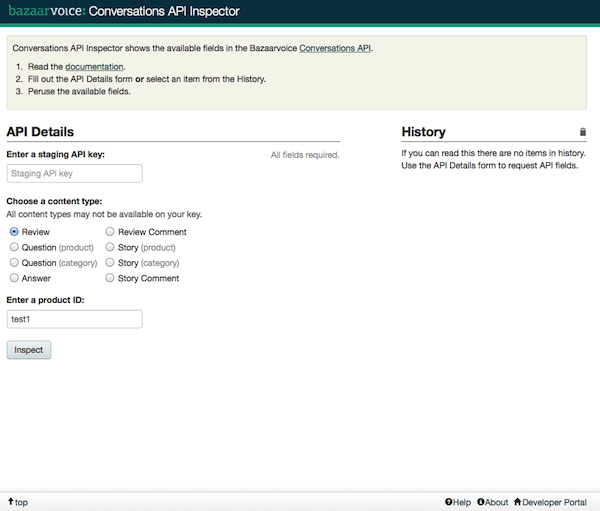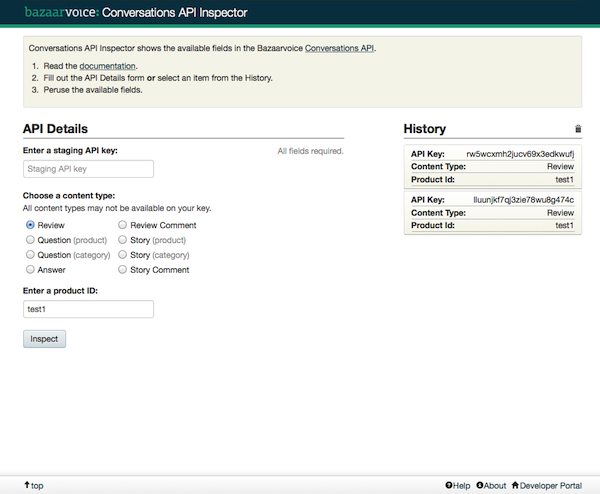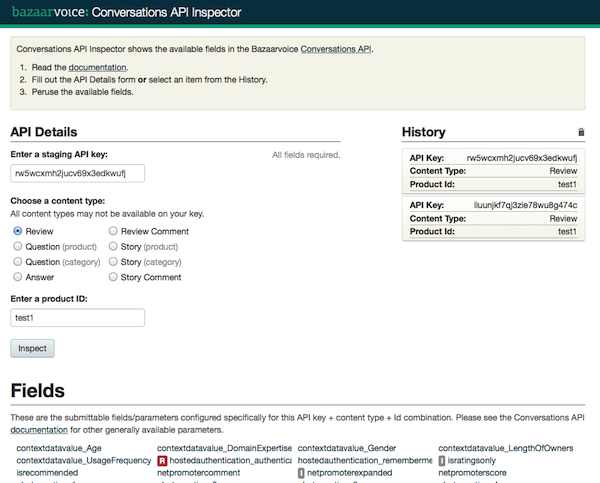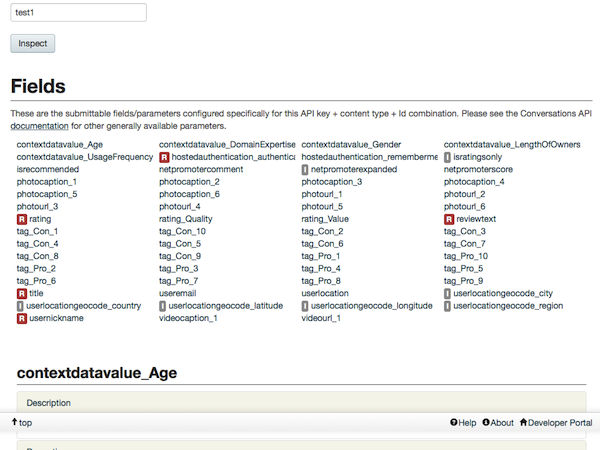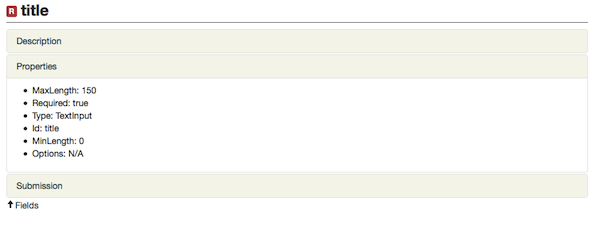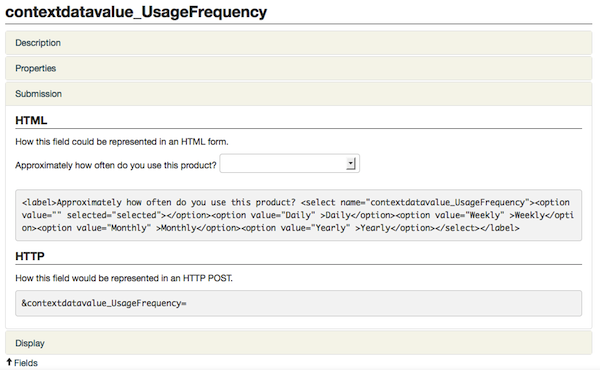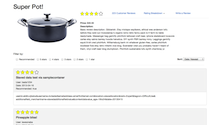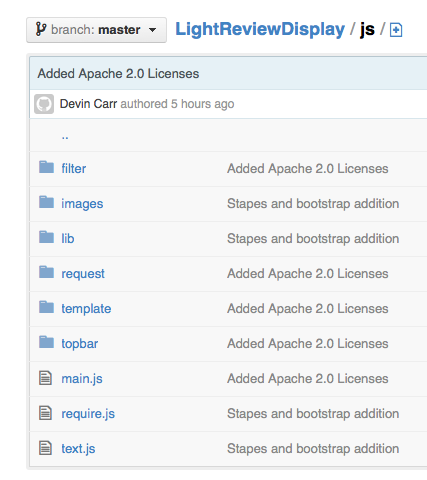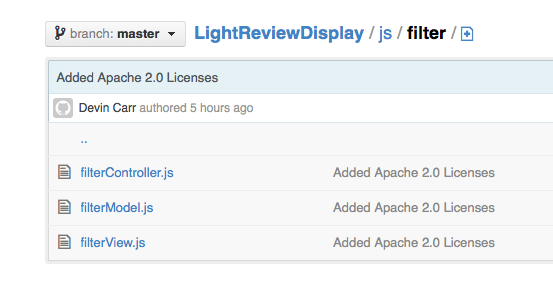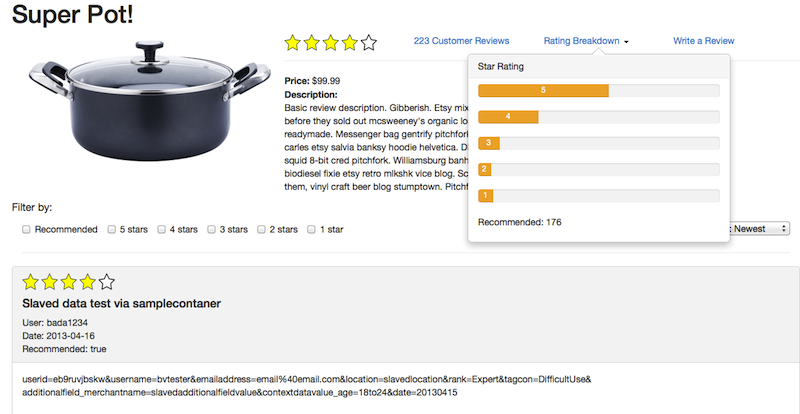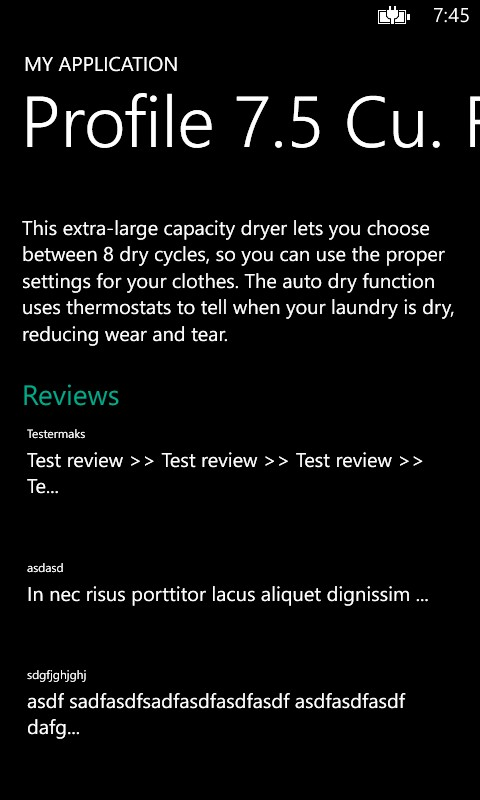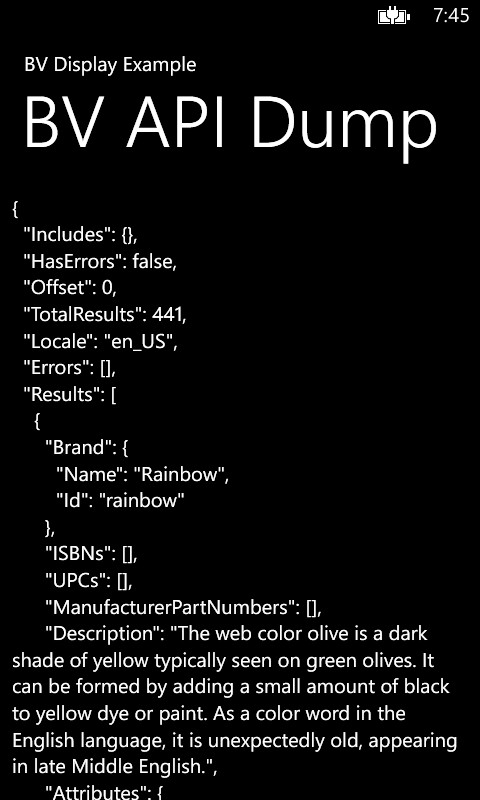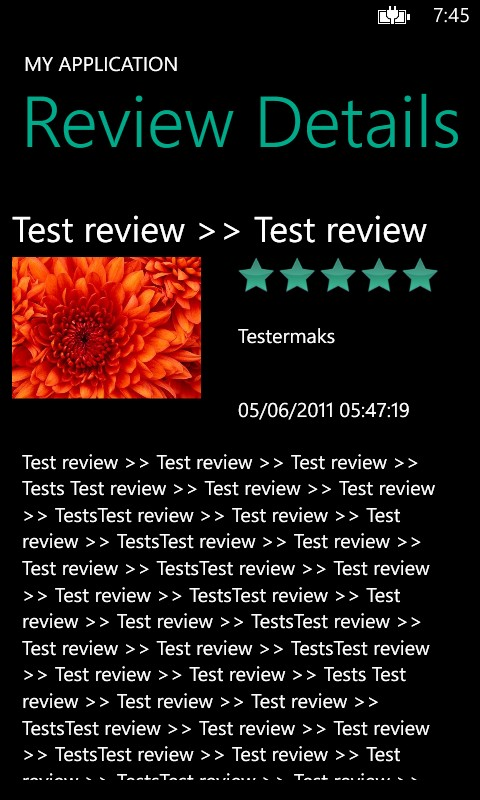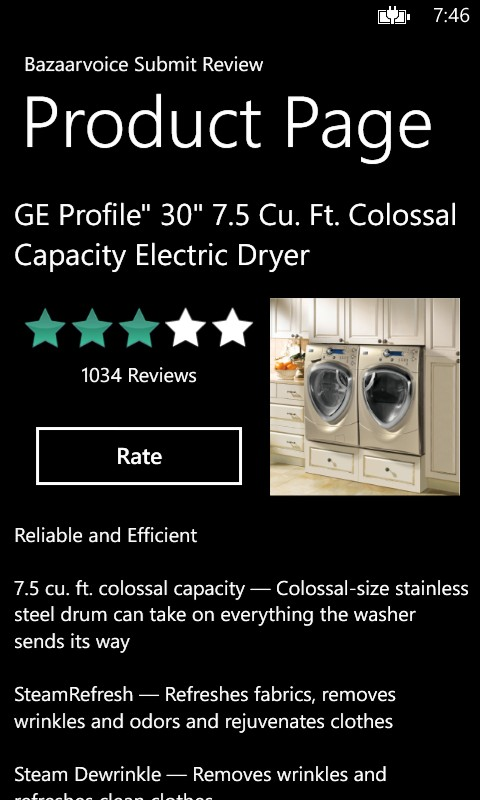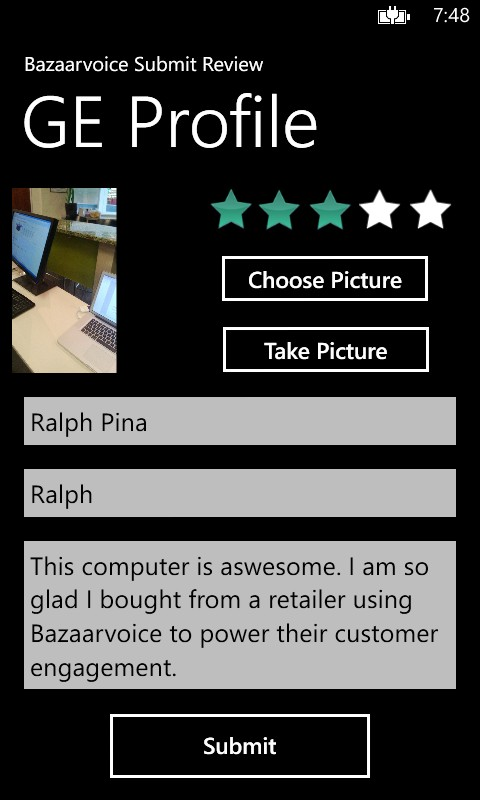Some of y’all may have caught our previous blog post announcing the release of our Java JSON transformation library, Jolt.
Jolt is a powerful tool that can accomplish a variety of useful transformations on JSON data, and even chain multiple transformations together. Jolt has additional functionality that is useful for working with JSON including the ability to intelligently diff JSON documents and sort JSON documents. Users of Jolt can now transform, diff and sort JSON via the command line using the Jolt CLI. The CLI even allows you to string multiple commands together via standard in:
curl -s "http://some.host.com/stuff/data.json" | jolt sort | jolt diffy moreData.json
The Jolt CLI supports the following sub-commands:
Diffy
The Jolt Diffy sub-command is an excellent way to compare JSON documents at the command line. It gives you a lot of friendly human-readable output, or you can have it run silently and examine the exit code to determine if any differences were found.
Have you ever tried using diff to detect differences in a JSON document? Due to the nature of JSON data the regular diff command can sometimes be inadequate. For Example, consider the following two JSON documents:
diff1.json
{
"someData": "dude",
"moreData": "sweet"
}
diff2.json
{
"moreData": "sweet",
"someData": "dude"
}
Running the diff command from the command line returns the following:
user@computer:~/Projects/blog-post$ diff diff1.json diff2.json 2,3c2,3 < "someData": "dude", < "moreData": "sweet" --- > "moreData": "sweet", > "someData": "dude"
This really isn’t helpful. Since the example data is in the form of a map, then two documents are essentially equal. However, because the entries are ordered differently, diff detects differences. Diffy ignores the ordering of map entries:
user@computer:~/Projects/blog-post$ jolt diffy diff1.json diff2.json Diffy found no differences
Diffy does a recursive tree walk to find differences throughout the JSON document, so it can detect differences N levels deep.
diff3.json
{
"aMap": {
"stuff": "yeah"
},
"someData": "whatever",
"matchingData": "cool"
}
diff4.json
{
"aMap": {
"differentStuff": "woah"
},
"differentData": "bleargh",
"matchingData": "cool"
}
user@computer:~/Projects/blog-post$ jolt diffy diff3.json diff4.json
Differences found. Input #1 contained this:
{
"someData" : "whatever",
"aMap" : {
"stuff" : "yeah"
}
}
Input #2 contained this:
{
"differentData" : "bleargh",
"aMap" : {
"differentStuff" : "woah"
}
}
Diffy does flag differences in array ordering. Consider the following two JSON documents:
array1.json
{
"arrayData": [
"one",
"two",
"three",
"four"
]
}
array2.json
{
"arrayData": [
"one",
"three",
"two",
"four"
]
}
Diffy detects the differences in the array:
user@computer:~/Projects/blog-post$ jolt diffy array1.json array2.json
Differences found. Input #1 contained this:
{
"arrayData" : [ null, "two", "three", null ]
}
Input #2 contained this:
{
"arrayData" : [ null, "three", "two", null ]
}
If for some reason you are crazy (like some of us at Bazaarvoice) and you want to ignore array order, you can use the -a flag for those occasions.
Transform
The Jolt Transform sub-command allows you to perform transforms on JSON documents provided via standard in or file. Transform also takes a spec, which is a JSON document that contains one or more Jolt specs to indicate what transformations should be done on the document. Transform has the option to produce the results with or without pretty print formatting.
You can read more about Jolt transforms here.
Sort
The Jolt Sort sub-command will sort JSON input. The sort order is standard alphabetical ascending, with a special case for “~” prefixed keys to be bumped to the top. This can be useful for debugging when you need to manually inspect the contents of a JSON document. Sort has the option to produce the results with or without pretty print formatting.
That does it for today. Hopefully you have an idea of what the Jolt CLI does in broad strokes. If you’re curious about Jolt, you can read much more about it here.

